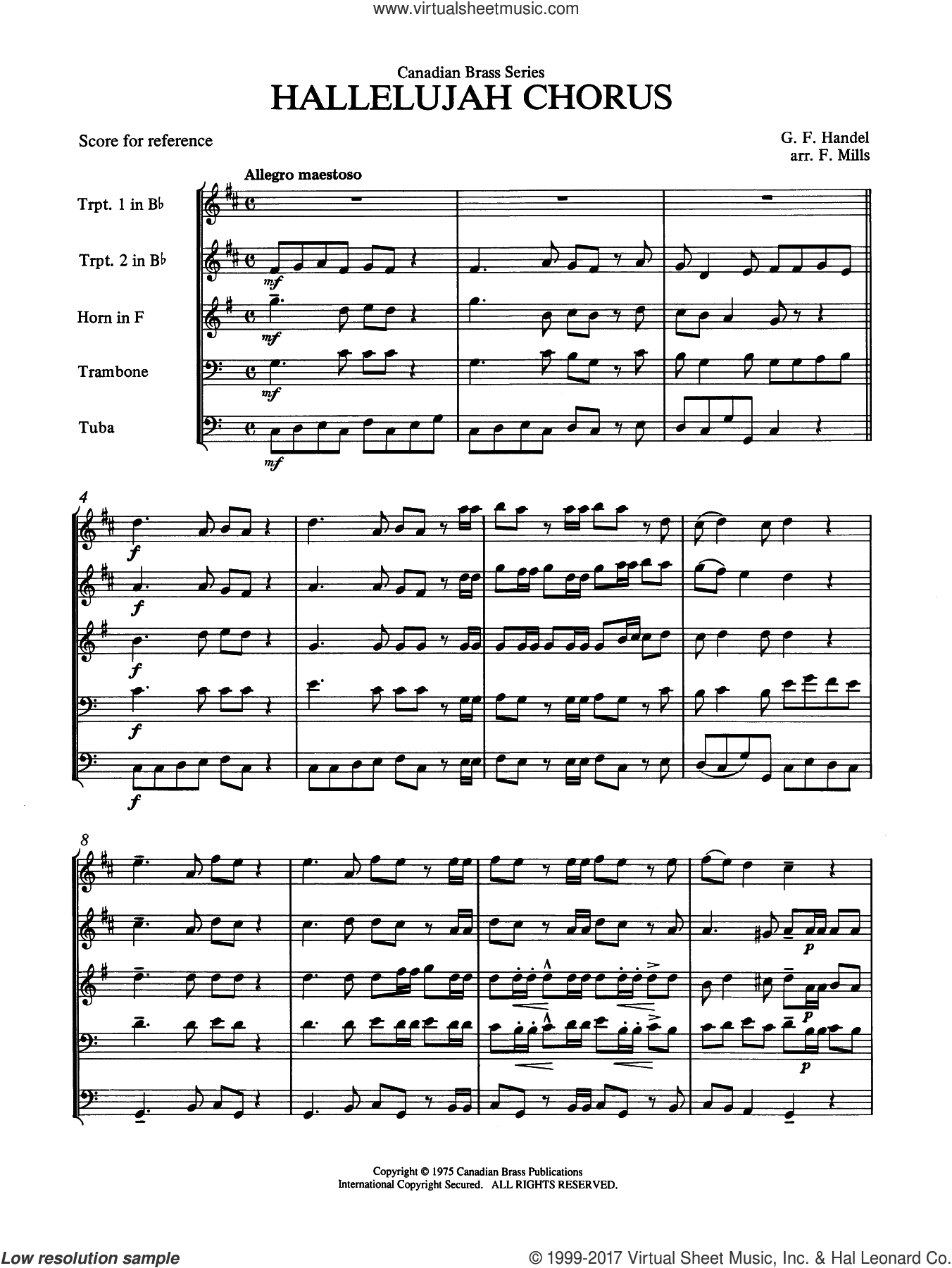

The solos are typically a combination of recitative and aria. Only a few movements are a duet or a combination of solo and chorus. In Messiah he used practically the same musical means as for those works, namely a structure based on chorus and solo singing. He set many oratorios on English libretti. He had started in 1713 to also compose sacred music on English texts, such as the Utrecht Te Deum and Jubilate.

When Handel composed Messiah in London, he was already a successful and experienced composer of Italian operas. Occasionally verses from different biblical sources are combined in one movement, but more often a coherent text section is set in different consecutive movements, such as the first " scene", the annunciation of Christian salvation, as a sequence of three movements, recitative, aria and chorus. The imagery of shepherd and lamb features prominently, in the aria "He shall feed His flock like a shepherd", the only extended piece to talk about the Messiah on earth, in the opening of Part II, "Behold the Lamb of God", in the chorus "All we like sheep", and in the closing chorus of the work, "Worthy is the Lamb". The only true scene of the oratorio is taken from the Gospel of Luke, the annunciation to the shepherds. Even the birth and death of Jesus are told in the words of the prophet Isaiah, the most prominent source of the libretto.

The sources are drawn mostly from the Old Testament. The oratorio's structure follows the liturgical year Part I corresponding with Advent, Christmas and the life of Jesus, Part II with Lent, Easter, Ascension and Pentecost, Part III with the end of the church year, dealing with the end of time, the Resurrection of the dead and Christ's glorification in heaven. Main article: Structure of Handel's Messiah


 0 kommentar(er)
0 kommentar(er)
